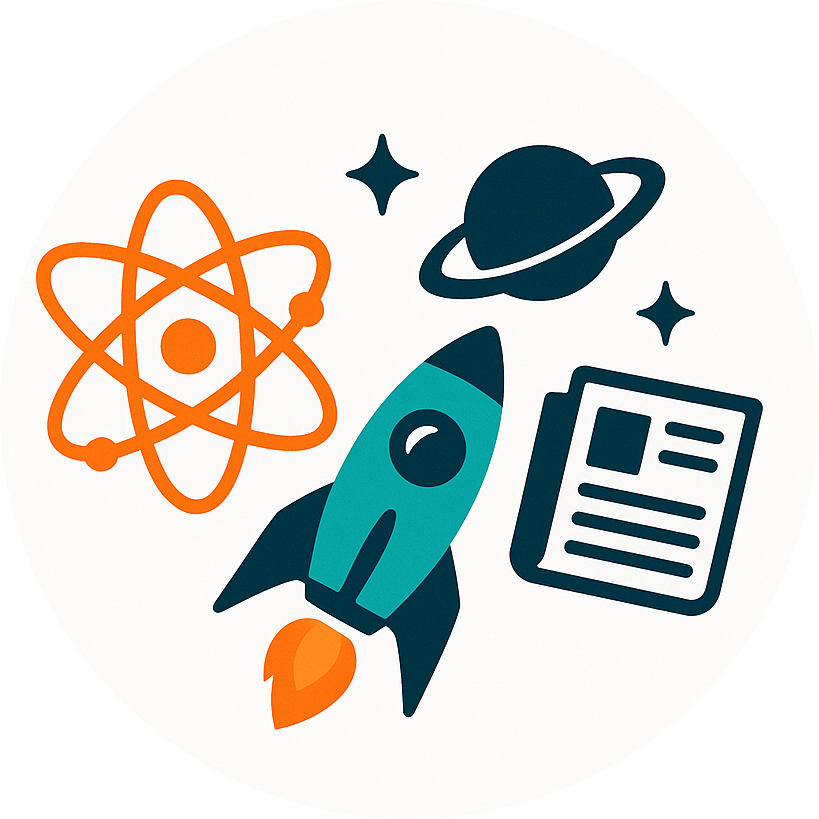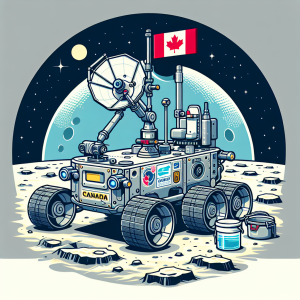
NASA’s Accelerating Journey to Space
NASA has been making significant strides toward restarting humanity’s presence in space. With a series of recent missions, the space agency is pushing the boundaries of what is possible and inspiring a new generation of explorers.
The IMAP Mission: Mapping and Monitoring
On September 24, 2025, NASA successfully launched the Interstellar Mapping and Acceleration Probe (IMAP) along with two additional spacecraft that will study space weather, atop a SpaceX rocket. According to coverage by The New York Times, this mission is designed to explore the cosmic boundaries and improve our understanding of the heliosphere, the protective bubble surrounding our solar system.
SPHEREx and PUNCH: A New Vision of the Cosmos
Earlier this year, in March, NASA also embarked on the SPHEREx and PUNCH missions, launched with the help of SpaceX. SPHEREx is a space telescope tasked with creating a comprehensive map of the cosmos, while PUNCH will observe the sun’s outer atmosphere. These projects aim to deepen our knowledge of the universe and solar phenomena.
The Artemis Program: Preparing for Lunar and Martian Landings
NASA’s Artemis Program marks a pivotal moment in space exploration, with Artemis II set to take astronauts on a crewed mission around the moon in early 2025. The BBC reports that this mission will prepare the groundwork for a lunar landing by 2027, inspiring a ‘Giant Leap’ in human space travel similar to the Apollo era (BBC). Astronauts will train and embark on what is expected to be a profound initiative toward establishing a sustainable human presence on the Moon and, eventually, Mars.
Continued Efforts and Challenges
NASA’s ambitious goals reflect a broader international commitment to exploring the solar system and beyond. However, such efforts are not without challenges. NASA employees have raised concerns over budget cuts impacting pivotal programs, highlighting the need to balance ambition with feasibility in space exploration.
Through these missions, NASA continues to redefine our view of space and our role within it. The outcomes of these projects will not only enhance our scientific understanding but will also pave the way for future generations of scientists, engineers, and explorers inspired by the possibilities of space travel.



